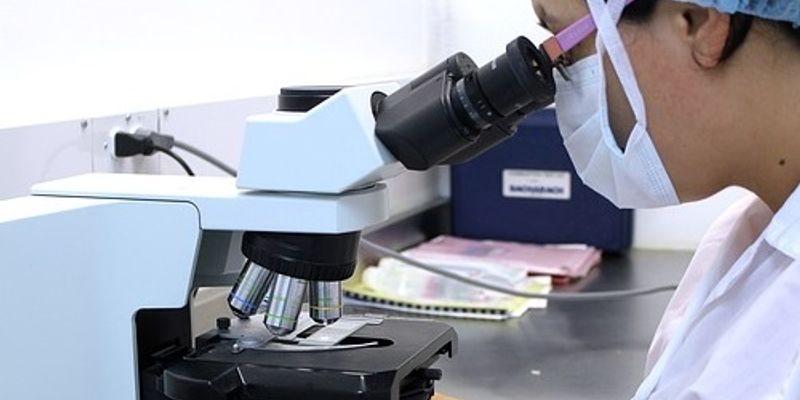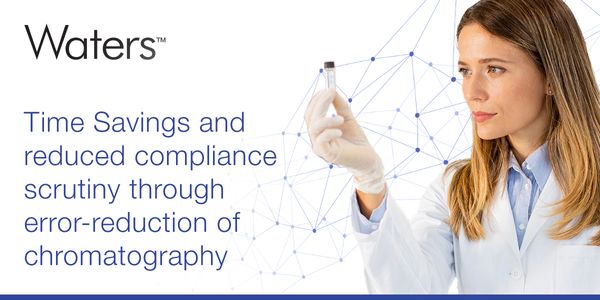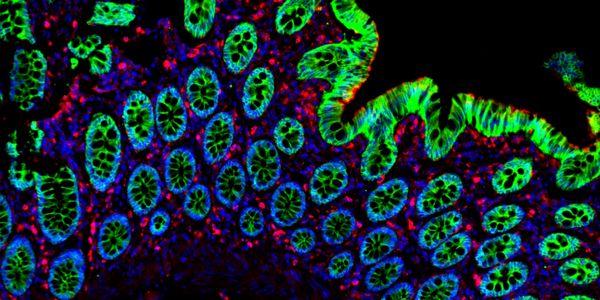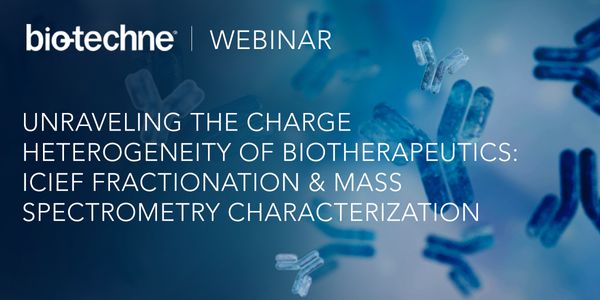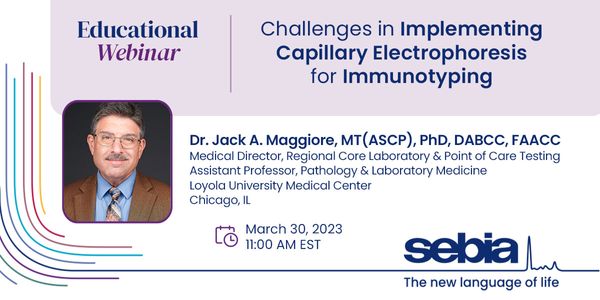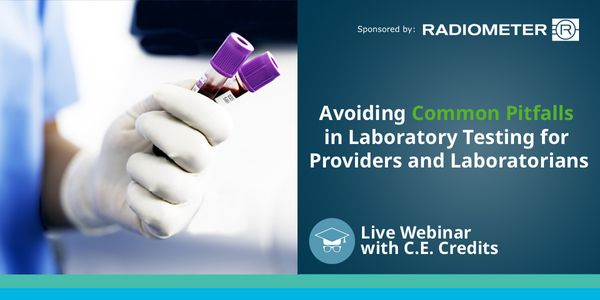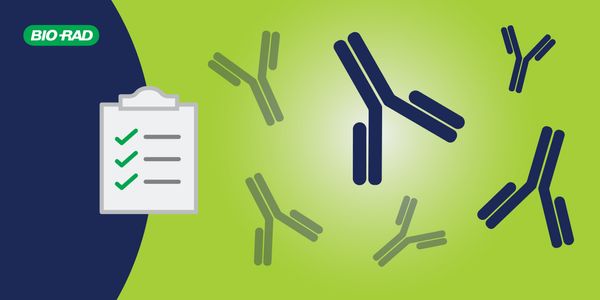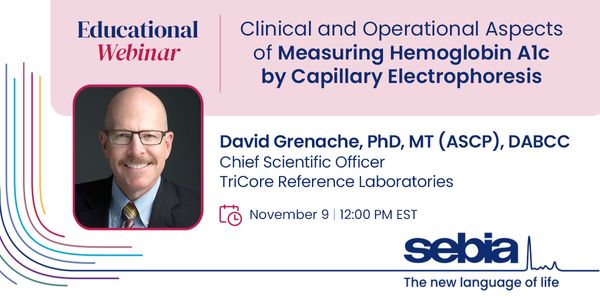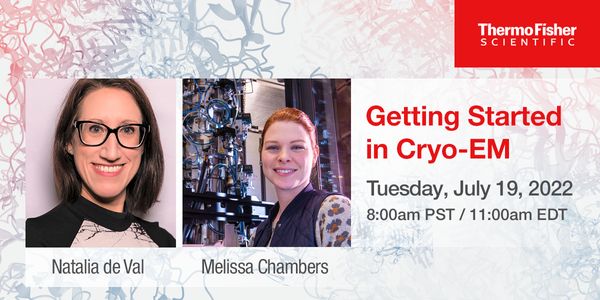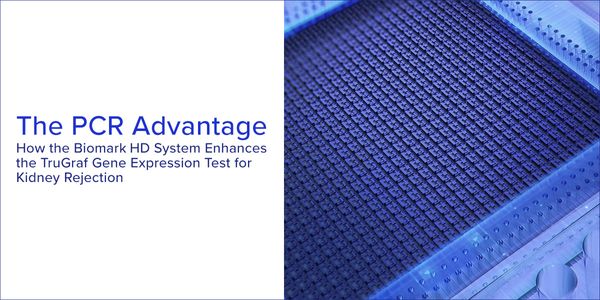MAR 30, 2023 | 8:00 AM
Date: March 30, 2023 Time: 8:00am (PDT), 11:00am (EDT), 5:00pm (CEST) Advances and innovations in laboratory technologies for performing protein electrophoresis and immunotyping, combined wi...
FEB 28, 2023 | 8:00 AM
Date: February 28, 2023 Time: 8:00am (PST), 11:00am (EST), 5:00pm (CET) Prenatal infections can increase the risk of serious health complications including miscarriage, organ damage, birth...
FEB 21, 2023 | 10:00 AM
Date: February 21, 2023 Time: 10:00am (PST), 1:00pm (EST), 7:00pm (CET) The use of algorithms that alter patient medical care based on race has fallen under increasing criticism, as race-bas...
JAN 26, 2023 | 10:00 AM
Date: January 26, 2023 Time: 10:00am (PST), 1:00pm (EST), 7:00pm (CET) In this case-based presentation, we will describe the most common pitfalls in laboratory testing that healthcare provid...
NOV 16, 2022 | 8:00 AM
Date: November 16, 2022 Time: 8:00am (PST), 11:00am (EST), 5:00pm (CET) Autoantibody assays may have significant differences due to the heterogeneity of autoantibodies, including epitope spe...
NOV 09, 2022 | 9:00 AM
Date: November 09, 2022 Time: 9:00am (PST), 12:00pm (EST), 6:00pm (CET) Hemoglobin A1c is used clinically as a biomarker for the diagnosis and management of diabetes mellitus. Various method...
JUL 19, 2022 | 8:00 AM
Date: July 19, 2022 Time: 8:00am (PDT), 11:00am (EDT), 5:00pm (CEST) Cryo-EM is rapidly becoming the method of choice for structural biologists and biochemists around the world, helping thes...
JUN 30, 2022 | 9:00 AM
Date: June 30, 2022 Time: 9:00am (PDT), 12:00pm (EDT), 6:00pm (CEST) Subclinical acute rejection (SubAR) is a significant risk for kidney transplant recipients, affecting 1 in 4 patients. Ea...
JUN 29, 2022 | 10:00 PM
Date: June 30, 2022 Time: 3:00pm (AEST), 1:00pm (SGT), 2:00pm (JP/KR) Analyzing sea water is never an easy task. With high total dissolved solids (TDS), seawater is considered one of the mos...
Every area of the laboratory has specific issues with pre-analytical errors causing unreadable or false results on samples, from mislabeling to samples being forgotten on the floors to drawi...
